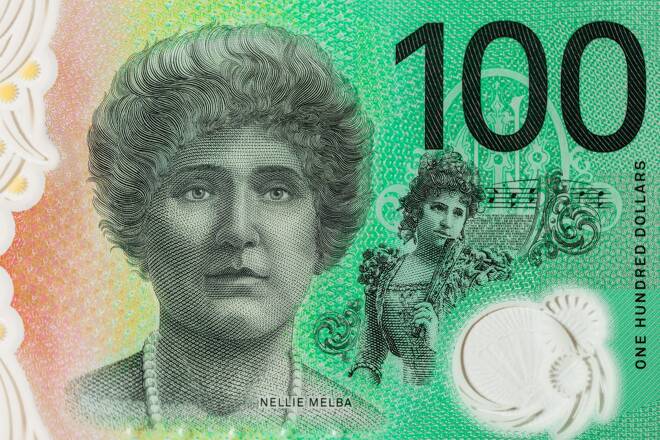Advertisement
Advertisement
AUD/USD and NZD/USD Fundamental Daily Forecast – Losing ‘Carry’ Trade Appeal as Japanese Yields Rise
By:
The BOJ's move away from its ultra-dovish policy is affecting the Aussie and Kiwi because it is threatening to kill flows into carry trades.
In this article:
The Australian and New Zealand Dollars are edging lower on Wednesday as investors continue to assess the damage caused by the Bank of Japan’s (BOJ) shocking decision on Tuesday to allow Japanese bond yields to rise.
Although the surprising move affected all major currencies, it had a staggering impact on the Aussie and Kiwi because it threatened to kill flows into usually crowded carry trades.
Both currencies are among the most liquid of these carry trades and took the biggest hit when the BOJ cause traders off-guard in a very thin market just days before a long Christmas holiday weekend.
The BOJ’s decision to effectively pivot from its ultra-dovish policy was a blow to investors that typically borrow Yen at uber-low rates to buy higher yielding currencies.
At 08:21 GMT, the AUD/USD is trading .6675, down 0.0006 or -0.09% and the NZD/USD is at .6294, down 0.0052 or -0.82%. On Tuesday, the Invesco CurrencyShares Australian Dollar Trust ETF (FXA) settled at $66.42, up $0.20 or +0.30%.
The announcement by the BOJ is being interpreted by the market as a precursor of a major shift in policy next year. It may be also signaling a formal end to “Japan’s tolerance/desirability of yen weakness.”
Aussie Economic News Predicts Below Trend Growth Well into 2023
Australia’s Westpac MI Leading Index dropped from -0.84% to -0.92% in November. This marked the fourth consecutive drop in negative territory. Driving the consistent weakness is rising RBA interest rates and lower commodity prices.
Based on the data, Westpac expects another 25 bps rate hike by RBA in February, “give the outlook for wages; inflation and economic growth”. It expects wages and inflation challenges to persist through early months of 2023, requiring “further increase of 25 bps in both March and May.
New Zealand Trade Balance Posts Deficit; Credit Card Spending Falls
New Zealand posted a monthly trade deficit of NZ$1.863 billion in November, data from Statistics New Zealand showed on Wednesday, while the annual deficit was NZ$14.63 billion.
Exports totaled NZ$6.68 billion for the month while imports were NZ$8.54 billion.
In other news, New Zealand Credit Card Spending rose 16.0% on a year-over-year basis. This was a slower pace than the previously reported 24.6%. The slowdown likely reflects the impact of higher interest rates.
Short-Term Outlook
The Aussie and Kiwi could continue to break over the near-term due the threat of higher U.S. interest rates. The strongest impact is likely to be felt by the Aussie because traders are expecting the RBA to raise rates by only 25 basis points. Meanwhile, traders are also expecting the Fed to raise rates 50 basis points at its next meeting.
The New Zealand Dollar’s gains could be capped but we’re not expecting a massive sell-off against the U.S. Dollar. This is because traders are expecting the RBNZ to raise rates by 75 basis points versus the Fed’s 50 basis point rise.
In the meantime, the move by the BOJ could keep pressure on the AUD and NZD as traders make adjustments to the carry trade changes.
For a look at all of today’s economic events, check out our economic calendar.
About the Author
James Hyerczykauthor
James is a Florida-based technical analyst, market researcher, educator and trader with 35+ years of experience. He is an expert in the area of patterns, price and time analysis as it applies to futures, Forex, and stocks.
Did you find this article useful?
Latest news and analysis
Advertisement
